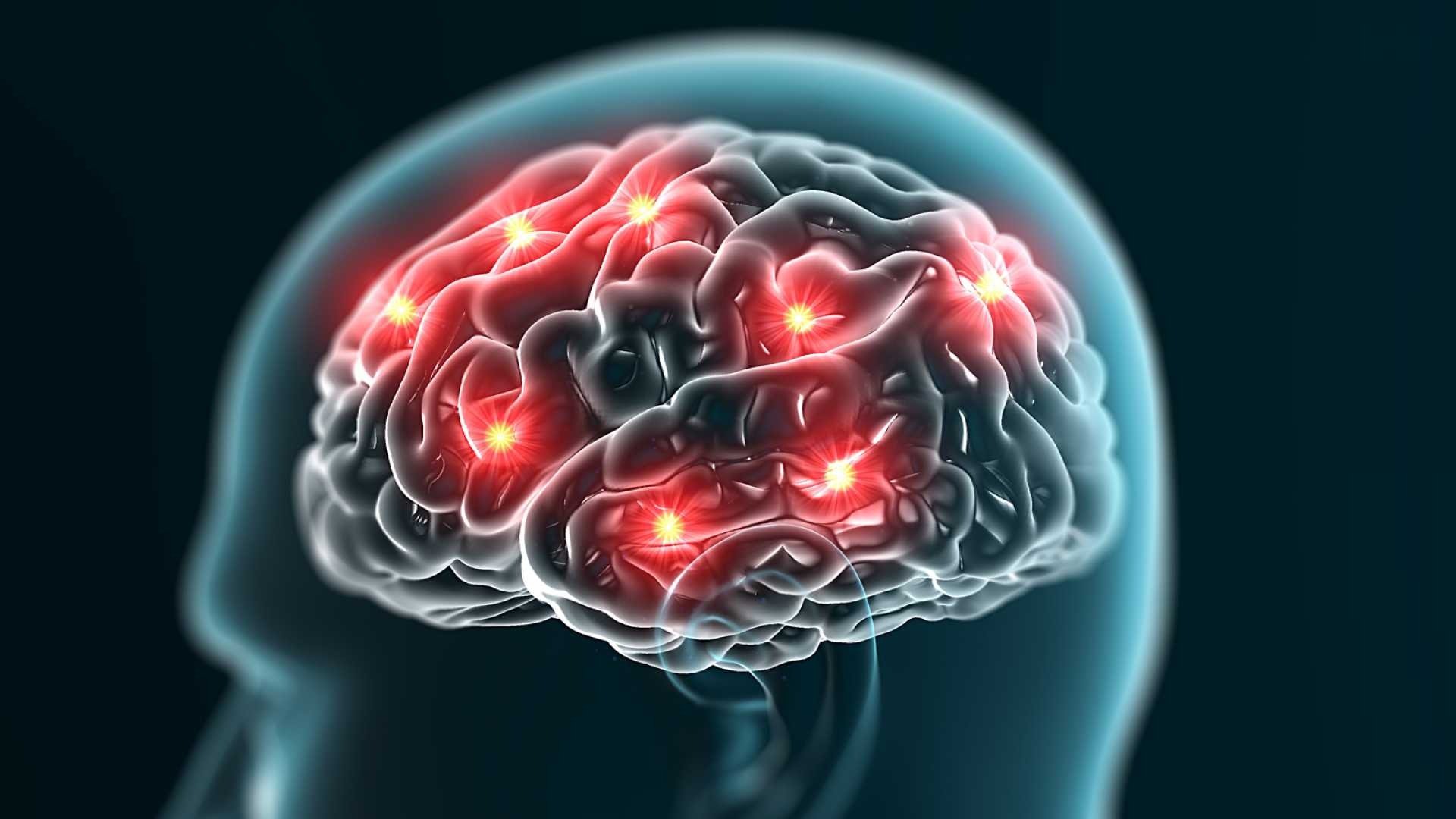Mental Health and the Aging Population
By year 2050, the proportion of the world’s population that is over 60 is expected to almost double from 12% to 22%, creating a greater necessity for recognizing and treating the special mental health challenges that this population faces. In fact, according to a 2021 study from the Institute on Medicine, approximately 1 in 5 people that are 65 years or older experience a mental health illness, substance abuse, or both.
Within the United States alone, this statistic equates to almost 5.7 million older adults. These mental health challenges include; anxiety, cognitive impairment, and mood disorders such as bipolar disorder and depression while older men have one of the highest suicide rates of any age group.
Mental health challenges are not a normal part in the aging process. Good mental health helps to contribute to an overall sense of well-being and is an integral part in having a good quality of life that can help older adults continue to thrive and enjoy life. While fluctuation in mood is normal, persistent changes in mood and other symptoms can be a sign of mental health distress.
Depression Symptoms 
Depression is one of the most prevalent mental health problems among older adults and can often lead to distress, difficulties in mental and social functioning, and even suicide. While increases in depressive symptoms have been seen in older adults, it doesn’t need to be a normal part of the aging process.
In fact, more than 80% of cases in which an older adult is experiencing depression is treatable yet seniors are less likely to seek or receive help when experiencing these issues. This is why it is extremely important to understand and identify symptoms.
Dementia
Dementia is usually categorized as a progressive or chronic syndrome and entails a deterioration of memory often affecting older adults. In fact, it is estimated that around 50 million people worldwide are living with dementia throughout the world and is projected to increase to 82 million in 2030.
Dementia usually has significant social and economic costs for those affected as well as the individual’s family. Because of this, emotional stress as a result of dementia can have a significant impact on the individual’s mental health. Due to this, mental health care is essential for both the individual with dementia and their support system.
Risk Factors
According to the WHO and the Geriatric Mental Health Foundation, many factors within an individual’s life can trigger the onset of mental health difficulties. Some of these risk factors include:
- Alcohol or substance abuse
- Long-term illness such as cancer
- Loss of a Loved One
- Physical disability or loss of mobility
- Chronic Pain
- Isolation*
- Medication Interactions
- Poor Diet
- Other Mental Health problems such as Alzheimer’s Disease
*Isolation may be something more prevalent due to Covid-19 and older adults should be carefully monitored and checked in order to decrease the risk of severe mental health distress that may stem from Covid-19 and the resulting isolation.
Symptoms of Mental Health Issues in Older Adults 
While it is natural for some changes to occur throughout the aging process, it’s important for caregivers and those close to the older individual to be aware of the signs and symptoms that may be signaling that mental health issues are happening. Some warning signs that may indicate mental health concerns are:
- Changes in appearance
- Continual confusion
- Changes in appetite
- Depressed mood lasting two or more weeks
- Changes in social functioning such as social withdrawal
- Changes in energy
- Feelings of guilt, worthlessness, or thoughts of sucide or self-harm
- Loss of interest in activities or hobbies that used to be pleasurable
Treatment Strategies
While it is important to understand the risk factors and signs associated with mental health problems within an aging adult population, knowing how to handle signs of mental health problems is equally important. Because of this, it is essential to train health professionals in providing care for older individuals, developing policies on extended care, and creating age-friendly services and settings.
If you see a loved one exhibiting any of the symptoms or risk factors described above, call for a consultation with a healthcare professional. This will help get the best level of care possible for the individual facing mental health challenges.
Interventions
Early diagnosis and treatment of mental, neurological, and substance abuse disorders in older adults is an essential part of care. Due to the wide variety of mental health issues that older adults can face, a combination of psychosocial interventions and medicines are typically used.
In addition to this, social and community support is an important aspect in promoting this population’s mental and physical health.
Educating, training, and supporting caregivers and healthcare providers on long-term care of older adults as well as supporting legislation surrounding mental health care for older adults provide support and care that can help promote a healthy and high quality of life for older adults.
Take the time to check in with your aging loved one, especially during this time of social-distancing and don’t hesitate to seek help if you think there may be signs of mental distress happening.






